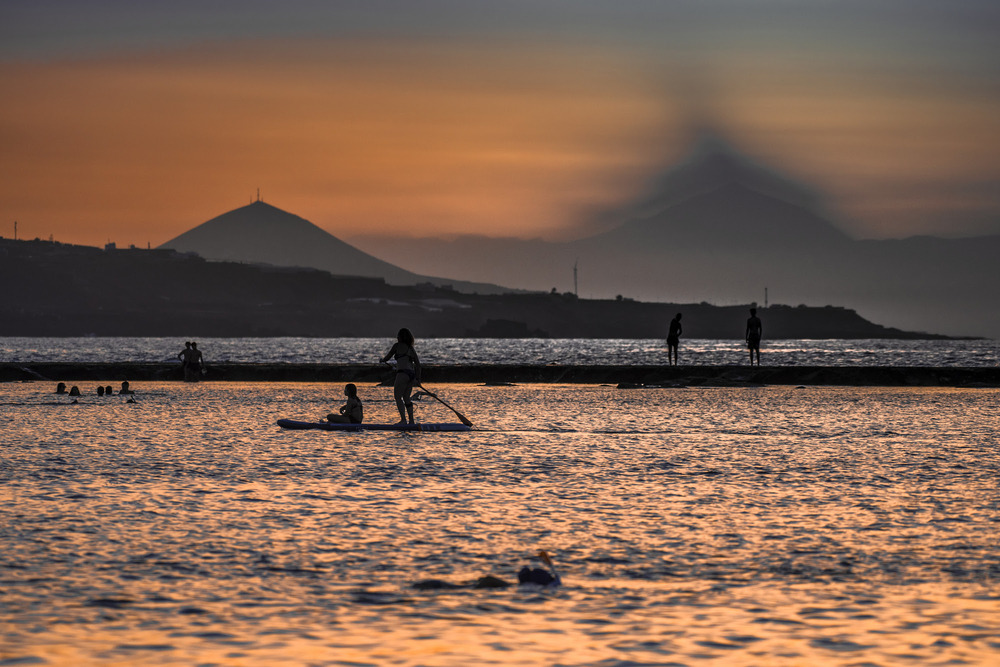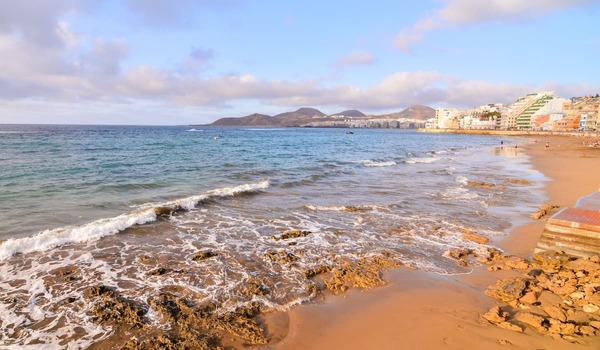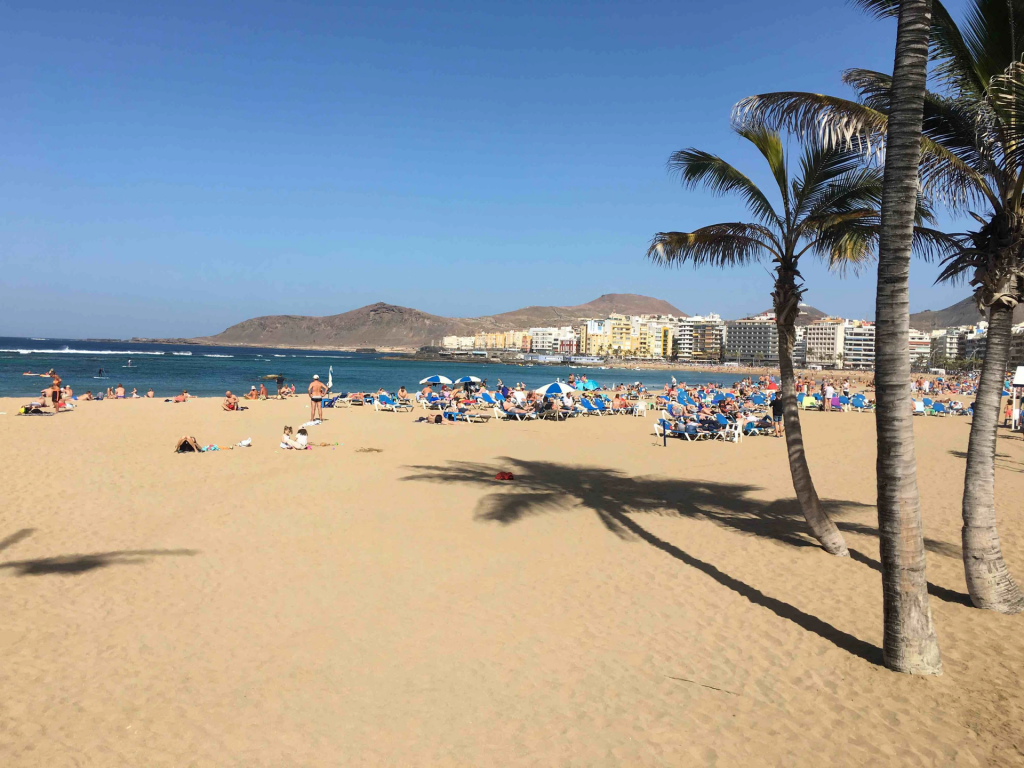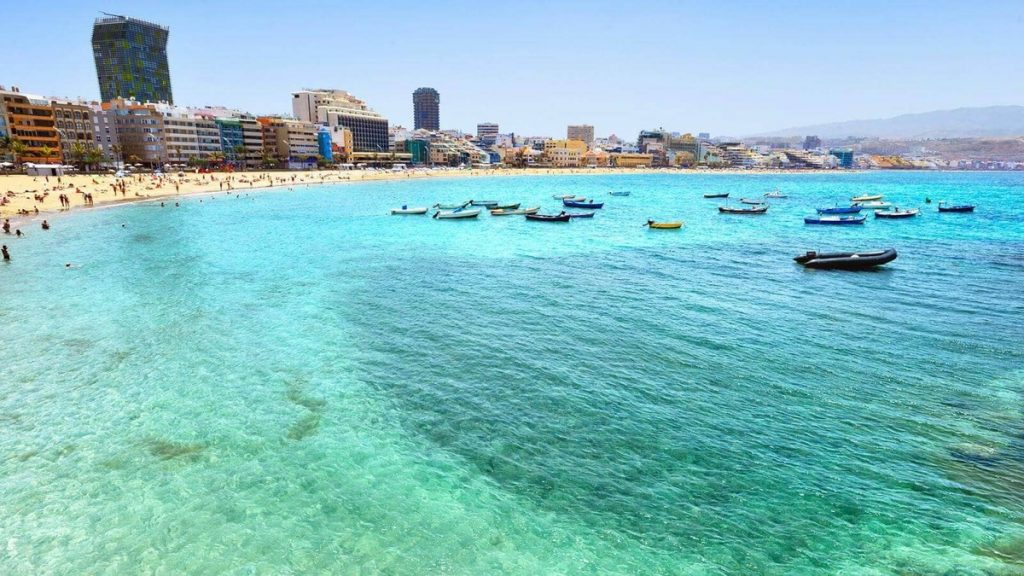Every year, the famous recommendations website Tripadvisor awards, through the Travellers' Choice, the favorite destinations, hotels, restaurants and plans of travelers around the world. For this, it is based on opinions and scores collected during 12 months. Therefore, these awards are based on the opinion of all travelers to choose the winners. In this new edition 2024, Las Canteras in Las Palmas de Gran Canaria has been among the 20 best beaches in the world, ranking number 16.
Travellers' Choice Best of the Best
The Travellers' Choice Best of the Best title rewards the highest level of excellence in travel. This award is given to whoever receives a large number of excellent reviews and comments from the Tripadvisor community over a 12-month period. Of our 8 million profiles, less than 1% achieve this.
Golden sands, rugged coastlines and crystal-clear waters: this year's Travellers' Choice winning beaches are travelers' favorites for everything from relaxing days to underwater adventures.
Las Canteras, one of the best beaches in the world
It holds the title of being one of the best urban beaches in the world. Las Canteras, in Las Palmas de Gran Canaria, is a beach of fine blond sand 2,250 m long and can be enjoyed practically all year round. It has a natural rocky barrier about 200 meters from the shore, which protects from the tides and is a source of biodiversity. It is bordered by a long promenade of 3.5 km full of restaurants and terraces.

Origin of the beach
In the past, a strip of sea about one kilometer wide separated La Isleta from the rest of the island of Gran Canaria. The isthmus of Guanarteme, so named in honor of one of the most important aboriginal leaders of the Canary Islands, was a narrow stretch of sand that connected the south of the peninsula of La Isleta with the northeast of the island of Gran Canaria. The isthmus was approximately 4.12 kilometers long and a little more than 200 meters wide at its narrowest part, opening into a cup shape at its ends. The western side of the isthmus is occupied by the beach of Las Canteras, while the eastern side houses the facilities of Puerto de La Luz.

According to studies carried out at the University of Las Palmas de Gran Canaria, the geological history of the isthmus and surroundings of the beach of Las Canteras can be divided into 4 phases: the first with the formation of the isthmus. The second with the formation of the peninsula of La Isleta 1.7 million years ago. The third called 'erosive phase', which led to the formation of an islet and lasted until about 110,000 years ago. And the fourth phase of construction of the tombolo, the barrier and the beach of Las Canteras due to the sedimentation of sands and other materials.
Characteristics of Las Canteras
The barrier or La Barra of the beach of Las Canteras, also known as "the reef", is one of the most significant and richest landscape and natural elements of the beach. It is well known that without this natural barrier, Las Canteras would have a completely different morphology and structure.

This distribution runs parallel to the coast in the northern section. It extends discontinuously about 200 meters from the shore of the beach reaching a total length of more than 2 kilometers and an average width of about 50 meters. Its constitution is calcareous (calcarenite) and sandy combined with silty deposits and occasionally interspersed with conglomerates. Behind the emerging barrier, about 1500 meters offshore, is a second barrier, permanently submerged. It is wider than the previous one and has several irregularities including cornices, crevices and small arches.
Biodiversity on one of the world's best beaches
The waters of this unique environment are home to about 210 different species of algae. This is thanks to the characteristics of the particular ecosystem existing between the beach and La Barra, which represents 30% of the 650 species of macroscopic algae that have been catalogued in the Canary Islands. The fauna that inhabits the beach of Las Canteras owes much of its existence to the protective action of La Barra. Thus in the waters of the beach can be found different species of pelagic (bream, permit, old, pejeverdes, salemas, white fulas, black fulas, cabosos, among others). In addition to living among its rocks benthic individuals such as limpets, of the genus Patella, or tapaculos.

Did you know that...
Formerly it was known as Arrecife beach, because La Barra emerged from the water as a reef. Later, it was exploited as a quarry to extract the rock that was used, among other uses, for numerous constructions in the city, such as the Cathedral of the Canary Islands.
The Canary Islands is a land with a thousand things to see, explore and learn about. If you are interested in learning more interesting facts about the Canary Islands, here is a link to the Explora Canarias section of Marca Canaria.



